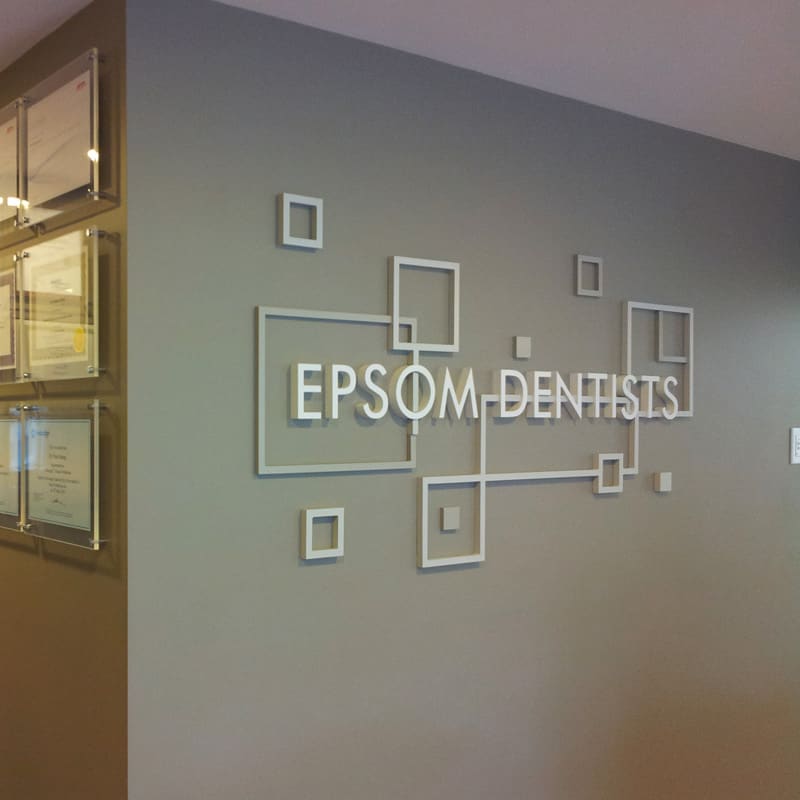
Committing to braces is essentially an investment in your future. The future of your teeth, your mouth and your smile. The functionality and cosmetic appearance of a patient’s teeth can significantly impact on their self-confidence and general quality of life. Deciding between metal and invisible braces to correct dental misalignment can feel like an important choice, and it makes sense to be well informed.
Braces draw on the fundamentals of engineering, i.e. consistent and firm pressure in a certain direction will result in movement of the teeth. A tooth is held in place by its periodontal ligament (the specialised connective tissue fibres that attach the tooth to the bone), and when pressure is applied to this ligament, it will in time, automatically realign, thus creating a room where required and closing unwanted gaps. Training and expertise are required in applying just the right amount of force as excessive pressure could result in possible tooth loss. This is why orthodontic treatments are a methodical and well-monitored process taking place over a set period.
Archaeological evidence suggests that attempts to straighten teeth using crude devices resembling modern braces existed in some ancient societies. For example, excavation of Roman tombs has revealed that some Ancient Romans were using thin gold wire affixed to their teeth in an apparent attempt to close up noticeable spaces in the mouth. Mummified Ancient Egyptian remains have shown similar orthodontic procedures to straighten teeth, but using cords wrapped around the teeth, thought to be made from feline
intestines.
By the 1700s, dental surgeons in Europe and the UK were starting to research effective methods for teeth straightening with the theory of orthodontic braces appearing in trade journals and books (e.g. “The Surgeon Dentist” by Pierre Fauchard, was published in 1728 and discussed a device named “the Bandeau” – a horseshoe-shaped apparatus inserted into a patient’s mouth). The word itself (“braces”) would not start to be used until the early 20th century, and since that time the techniques and procedures used in orthodontics have advanced significantly.
Metal braces are perhaps considered the “traditional” form of braces and have been used and improved on for decades. A small metal bracket is attached to each tooth using a strong adhesive. These brackets are connected by a wire which an orthodontist or dentist adjusts at regular intervals to realign the teeth. Small elastic bands may also be used, connecting the upper and lower teeth to correct an over or underbite. The metal used in braces is very durable and can be used for most types of orthodontic realignment.
Patients can experience some gum and inner cheek irritation, but this usually dissipates after a few weeks.
Transparent aligners that reposition teeth are the latest advancement in orthodontic straightening technology. For example, the Invisalign method uses invisible plastic plates that are custom-made for each patient. The plastic plates are smooth and non-intrusive and are comfortably worn over the teeth. The patient’s teeth gradually shift into position in a similar manner as with
traditional braces but without the need for brackets or wires to be tightened and adjusted. Instead, the transparent aligners are replaced approximately every fortnight, according to the plan set out by the Dentist or Orthodontist. The obvious cosmetic advantage of a technique that is largely imperceptible to others makes invisible teeth straightening (such as Invisalign) an increasingly popular choice for patients.

